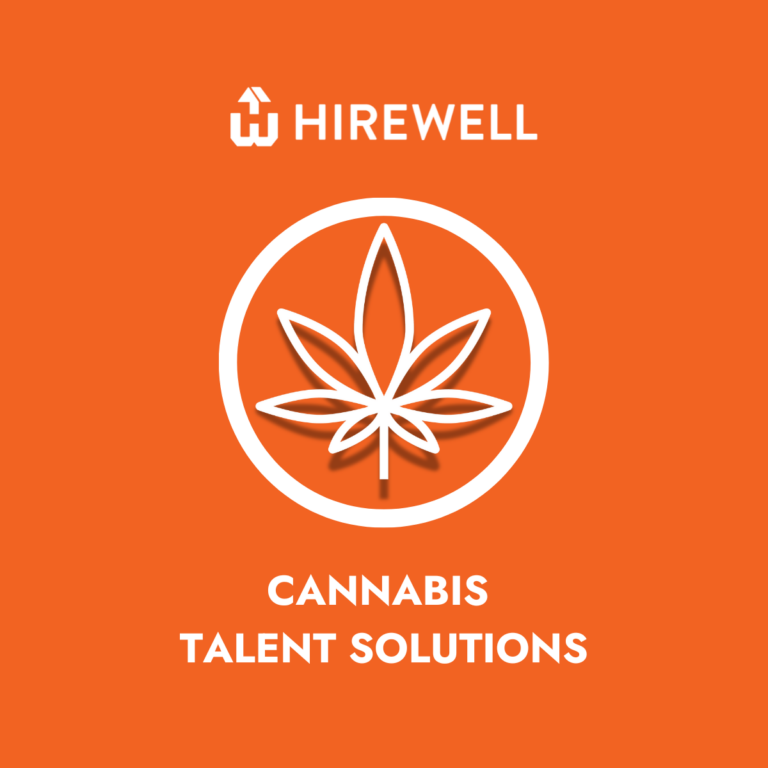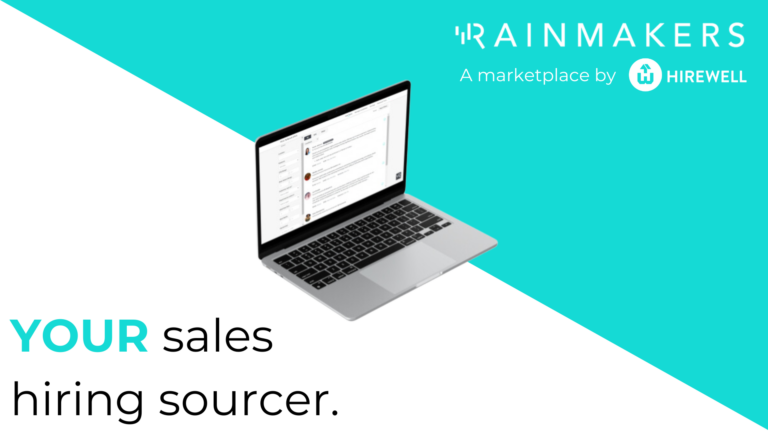Contact Us
Questions, comments, ideas for future content? Contact us below.
I’ve spent most of my adult life working in the human capital industry. It is something I didn’t know existed when I was in college, but 20+ years later I’ve learned a lot and seen even more. Through my career at Hirewell, I’ve been fortunate to partner with some great organizations and play a part (very small one) in some amazing success stories.
But it hasn’t always been perfect. When people are your product (and also your clients), a lot can go wrong. I’ve thought for years there is something missing in the HR space. We get asked similar questions every day by our clients:
– Are we paying our people enough?
– How do we make our workforce more diverse?
– How do our benefits stack up against our competitors?
– Should we implement new benefits, like student loan payments or WFH?
– What does a good hiring process look like?
– How do we attract top talent and ensure that talent stays engaged?
So much of what we do is based on anecdotal information. Working with hundreds of companies and helping facilitate thousands of hires, we have seen a lot, but very rarely can provide meaningful data. Big companies may have the resources to invest in the tools or technology to analyze these things. Historically it is expensive and really hard to measure. Small companies basically have no chance. Some hires don’t work out. But why? Sometimes the recruiter(s) involved missed something. Sometimes the role wasn’t scoped well. Sometimes the first two week’s of the employee’s experience are so poor, they go running back to their old company. Sometimes companies have people in positions of leadership have no business managing people. Oftentimes it is some combination of the above. Long story short, this is a solvable problem, but it isn’t a simple solution.



🎧 Rethinking HR: Strategy, Growth & the Post-Corporate Shift
We sat down with Malvika Jethmalani—3x CHRO turned founder of Atvis Group—to talk about what great HR really looks like in 2025.
From performance management and manager effectiveness to people-first AI transformations, Malvika shares what companies are getting wrong—and how to fix it.
She also dives into the perks (and real challenges) of leaving corporate life to start her own advisory firm.
Whether you’re leading HR or just partnering closely with it, this one’s packed with practical wisdom.
Episode 12